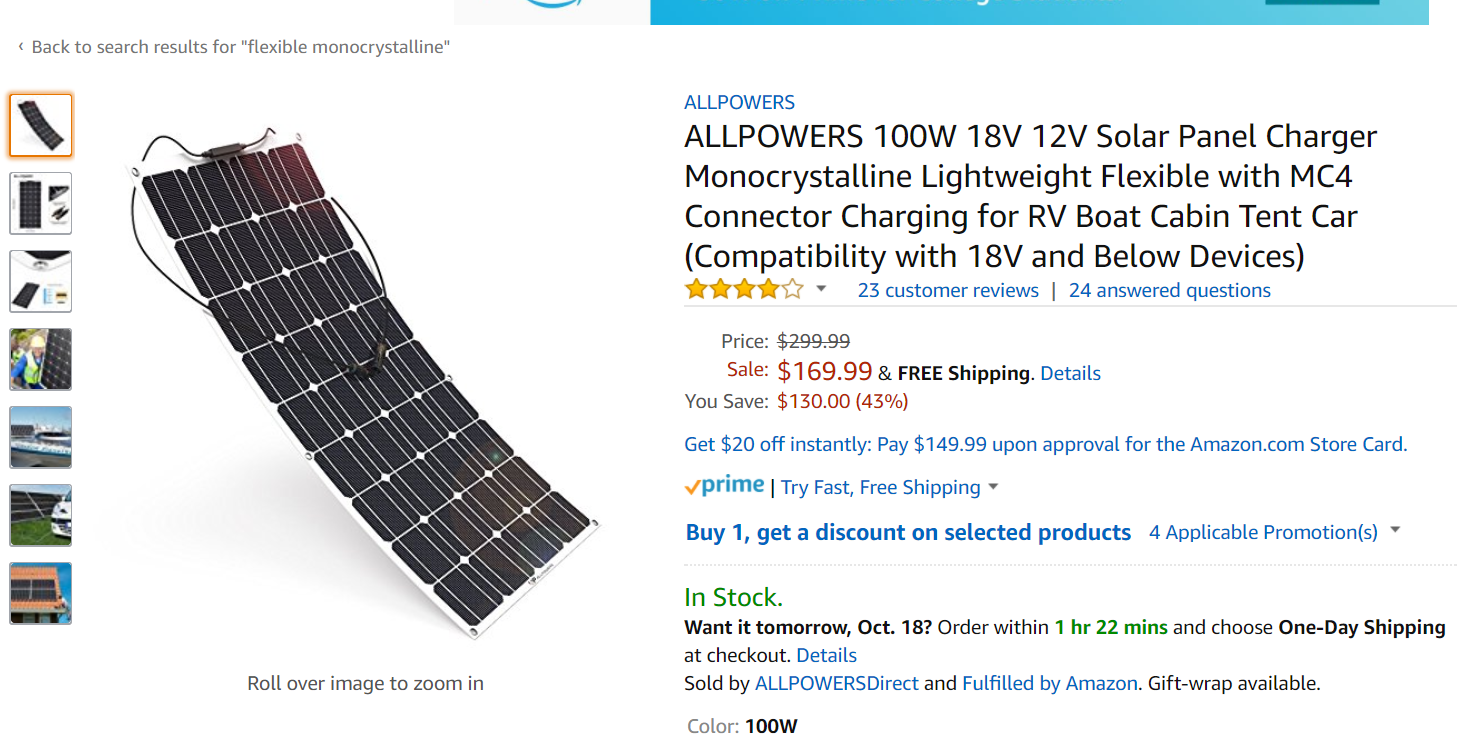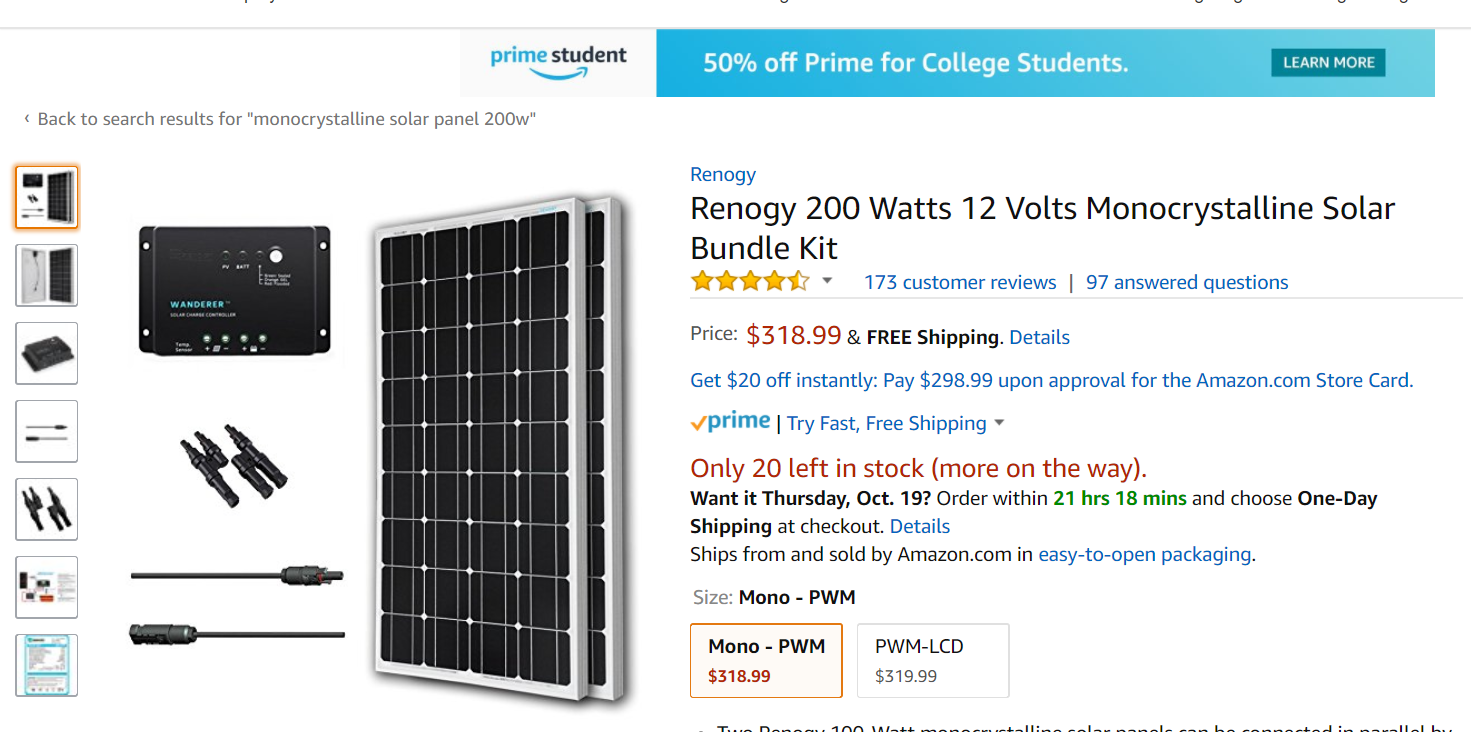Spartan Superway Fall 2017 - Spring 2018 | Full-Scale Solar Team Members: Matthew Dianich, Chanwoong Park, Tan Ho
Wednesday, November 29, 2017
Week 15: Presentation #3
Dr. Furman has provided the following feedback.
1) Include detailed Bill of Materials (Screws, clamps, steel stud)
2) Select galvanized steel stud with 10 inches in depth to reduce 6 cm of deflection
Our group plans to do the following tasks.
1) Finalize which solar panels our group will be using
2) Find out which material would look similar to the solar panels
Saturday, November 18, 2017
Week 13: Lockheed Martin Presentation
This week, the solar team focused on preparing for the Lockheed Marin presentation. Overall, the team presented well and had a great experience. There were some technical questions from panels at Lockheed Martin, but the team answered them with best efforts.
Saturday, November 11, 2017
Week 11 & 12
For week 11 and 12, we focus more on designing and improving the existing design from Futran. In their designs, the solar panels are 1.6x1 m; therefore, the total length will be more than 9m if we are going to build at least 9m long track.



Figure 1: Assemble of two supporters and a cross canopy.
Figure 1 is an assembling of two supporters and a solar racking system. The new design has two cross trusses that were added to support the weight of the frame and the solar panels.

Figure 2: Using truss that was made out of sheet metal
Using sheet metal to construct the full-scale designs are considered as a low cost and lighter weight compared to I beams. If it was folded correctly it will generate alot stronger structure, thus it's more efficient to use sheet metal for the Spartan Superway than other types of beams.

Figure 4: A different way to connect and have a stronger rectangle truss
Wednesday, November 8, 2017
Week 10
More details are being ironed out concerning the truss design. The team is currently trying to figure out how to attach the linkages. The linkages will be made out of sheet metal. Sheet metal should be considerably easy to bend into the desired "U" shape that is desired for the linkages. A different option would be to simply purchase the linkages from a place like Home Depot. Much time is being spent in Solidworks at the moment.
Monday, October 30, 2017
Week 9: Second Presentation
Connecting method between truss and track have to be figured out.
Also, figure out how to connect truss structure with shell design on top.
Use angled bracket instead of bending metals to save materials.
Solar panel comparison was not correct: Polycrystalline falls into the category of Monocrystalline.
Thursday, October 19, 2017
Week 8
For this week, solar team successfully calculated the power that is needed for the 9 m track. Since we are going to build 9 m long horizontal track, some of the values are changed to meet the requirements, especially the elevation force.
Changes:
elev_comp = 0 #(1/n_bar)*n_t*M_v*(g*z)
aux_comp = 0 #n_t*P_aux*t_s
M = 400 #(kg) Mass of fully loaded ATN vehicle
P_aux =0 # previous 3500.0 auxiliary power, W (see Wikipedia for auto air con)
Energy required, E(t_s) = 8.70e+02 J
Average trip time, 0.5 minutes
Average power, P_avg = 32 W
>> Energy per 150 vehicles <<
Energy required, E(t_s) = 1.305e+05 J
Average trip time, 0.5 minutes
Average power, P_avg = 4.73e+03 W
KE loss = 3.71e+02 J ---> 42.6%
Air drag loss = 2.26e+01 J ---> 2.6%
Rolling resistance loss = 4.77e+02 J ---> 54.8%
Aux power loss 0.00e+00 J ---> 0.0%
Based on the power was calculated below, there are some of possible solar panels that can be used for the full scale solar design.


Changes:
elev_comp = 0 #(1/n_bar)*n_t*M_v*(g*z)
aux_comp = 0 #n_t*P_aux*t_s
M = 400 #(kg) Mass of fully loaded ATN vehicle
P_aux =0 # previous 3500.0 auxiliary power, W (see Wikipedia for auto air con)
V_l = 1.5 # line speed, m/s
V_w = 1.5 # average wind speed, m/s
Result:
** Energy per vehicle **Energy required, E(t_s) = 8.70e+02 J
Average trip time, 0.5 minutes
Average power, P_avg = 32 W
>> Energy per 150 vehicles <<
Energy required, E(t_s) = 1.305e+05 J
Average trip time, 0.5 minutes
Average power, P_avg = 4.73e+03 W
KE loss = 3.71e+02 J ---> 42.6%
Air drag loss = 2.26e+01 J ---> 2.6%
Rolling resistance loss = 4.77e+02 J ---> 54.8%
Aux power loss 0.00e+00 J ---> 0.0%
Based on the power was calculated below, there are some of possible solar panels that can be used for the full scale solar design.
Due to aesthetics we should use thin film:https://www.amazon.com/ALLPOWERS-Monocrystalline-Lightweight-Connector-Compatibility/dp/B07195WHHX/ref=sr_1_5?s=lawn-garden&ie=UTF8&qid=1508262264&sr=1-5&keywords=flexible+monocrystalline
18 panels x 169.99= 3059.82
$318.99x9=$2870.91
Convertor:
Wednesday, October 4, 2017
Week 7
The time normally reserved meeting and brainstorming was spent listening to a lecture from Professor Du and taking a quiz on project report writing guidelines. The time that was left for class was spent discussing the discrepancies in the energy calculations. The team is currently attempting to reverse engineer the required power input equation of the full-scale track, which was approximately 5.61*10^6 kWh. As of right now, the team is still off by about 100,000 kWh for the power calculation, which is no small discrepancy.
More design details were discussed in a meeting with Dr. Furman, who encouraged the team to continue pushing out design ideas and sketches as rapidly as possible. Putting out a high number of sketches should be an effective method for generating ideas.
More design details were discussed in a meeting with Dr. Furman, who encouraged the team to continue pushing out design ideas and sketches as rapidly as possible. Putting out a high number of sketches should be an effective method for generating ideas.
Tuesday, October 3, 2017
Week 6: Energy Calculations | Initial Design Plan
Two documents were utilized to compute the calculation
1) 2016-06-13.BJF.EnergyCalculation.pdf
2) Case Study of a Solar Power Installation for an Automated Transit Network in San José by Leonardo C. Branco, Eric L. Rosenfeld, Durval Marques de Queiroz Neto, and Burford J. Furman
Below is the group's work/discussion for the week.
1. Performed energy calculations. Energy Calculation was computed to be 3.51E+06 kWh or J (=3510000 kWh or J) while the value on the pdf file was 3.68E+06 kWh or J (=3680000 kWh or J). We used Microsoft Excel to calculate the value. The team is unclear about what the ρ (rho) value would be in the equation. In the pdf file, rho value was given as 1.275 kg/m^3, which is the density of the air on page 5, as well as motor efficiency on page 2. Our team computed the calculation using 1.275 kg/m^3 for rho value.
2. Energy calculation result needs to be confirmed by Dr. Furman on 10/4 Wednesday so the team could start working on CAD model using Solidworks by the end of this week.
3. The team needs to figure out how to connect/attach the solar panel rack onto the guideway.
4. Ask Dr. Furman about admission ticket to TechShop San Jose to explore possible methods to connect rack onto the guideway.
1) 2016-06-13.BJF.EnergyCalculation.pdf
2) Case Study of a Solar Power Installation for an Automated Transit Network in San José by Leonardo C. Branco, Eric L. Rosenfeld, Durval Marques de Queiroz Neto, and Burford J. Furman
Below is the group's work/discussion for the week.
1. Performed energy calculations. Energy Calculation was computed to be 3.51E+06 kWh or J (=3510000 kWh or J) while the value on the pdf file was 3.68E+06 kWh or J (=3680000 kWh or J). We used Microsoft Excel to calculate the value. The team is unclear about what the ρ (rho) value would be in the equation. In the pdf file, rho value was given as 1.275 kg/m^3, which is the density of the air on page 5, as well as motor efficiency on page 2. Our team computed the calculation using 1.275 kg/m^3 for rho value.
2. Energy calculation result needs to be confirmed by Dr. Furman on 10/4 Wednesday so the team could start working on CAD model using Solidworks by the end of this week.
3. The team needs to figure out how to connect/attach the solar panel rack onto the guideway.
4. Ask Dr. Furman about admission ticket to TechShop San Jose to explore possible methods to connect rack onto the guideway.
Wednesday, September 27, 2017
Week 5: Presentation 1
This week, our team held a presentation about the possible design of solar panels and rack. Need for design changes and its potential challenges were discussed during the presentation. Below is the feedback from Dr. Furman, Eric, and Mr. Swenson (co-founder of INIST).
1. Solar panel efficiency: Include the chart that was used in the previous year's paper.
2. Units: Power is measured instantaneously (kW) | Energy is measured over certain time (kWh) | Use SI Units
3. Calculation: Look into Eric Rosenfield's calculation figures on Summer 2017 paper | Calculate required power to operate the pod
4. Gantt chart: Explain in more details (Look into Keon's team presentation; detailed Gantt Chart)
Wednesday, September 13, 2017
Week 4: Initial Sketch of Rack Design
The solar team had an extended talk with Professor Furman and Eric Hagstrom regarding certain design choices and parameters today. One particular area of concern was the total weight of the certain panels across the 18 meter track. The total combined weight of all the solar panels must not compromise the structural design choices made by the full scale track team. While using thinner, more flexible solar panels would certainly reduce the weight, flexible solar panels are not nearly as efficient as the desired mono-crystalline panels. One discussed solution was the possibility of a new design, as seen below, in which the structure in which the solar panels are housed also act as a support to the railways, much like a suspension bridge. Work was also done on the presentation that will be shown in one week's time.
Wednesday, September 6, 2017
Week 3: Lightning Talk Presentation
On September 6th, every subteam in Spartan Superway had a five minute presentation on each team's goals/visions. Eric and Dr. Furman provided some feedbacks to each subteam. For our group, Eric mentioned that we would need to look into more specifications in our solar panels racking system. For instance, we need to figure out the length of one unit for the rack. Also, we need to consider the direction of the sunlight in our design to generate maximum electricity throughout the daytime. Dr. Furman advised our group that we would need to work with design students to keep aesthetics of the racking system. Another factor our group need to consider is the vibrations; we need to make sure the pods or the rack would not vibrate too much for passengers' safety. Our group will be looking into 2016-2017 Spartan Superway Report to find more relevant information.
Wednesday, August 30, 2017
Week 2
We reviewed the previous design files from Dr. Furman. We did some research on solar panels and read some related papers to have a better understand about our sub-project. In addition, we discussed about our team's goals and addressed some potential challenges that we may have to face during the design process.
Besides, we have our schedules available for outside class team meet up and a google doc to document our process. A Gantt Chart was also created for an optimal time management throughout the semester.
Followings are our team's design goals
Besides, we have our schedules available for outside class team meet up and a google doc to document our process. A Gantt Chart was also created for an optimal time management throughout the semester.
Followings are our team's design goals
- Easy to overhaul, retrofit, and maintain.
- Able to withstand tough/heavy conditions, such as winds, storms, vibrations, etc.
- Able to meet all ESD Safety requirements.
Subscribe to:
Comments (Atom)
